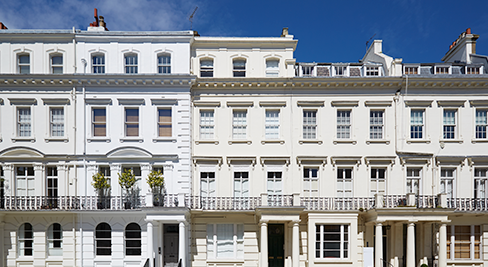Collective enfranchisement is a process that allows leaseholders to collectively purchase the freehold of the building from their landlord. This gives leaseholders greater control over the management and maintenance of the building, as well as potentially increasing the value of their individual properties.
To be eligible for collective enfranchisement, a building must meet certain criteria, such as having at least two flats held by qualifying tenants, with no more than 25% of the building being used for non-residential purposes. Additionally, the leaseholders must collectively hold at least 50% of the leases in the building. There are also various procedural requirements that must be followed, including serving notices on the landlord and following a specific timeline.
Once the process is complete and the freehold has been acquired, the leaseholders become responsible for the management and maintenance of the building, including the provision of services such as cleaning, repairs, and insurance. They may choose to form a company or other legal entity to manage the building and provide services to the individual flat owners
Who is eligible to buy their freehold (collective enfranchisement)?

What is the collective enfranchisement process?
The process can be complex, but generally involves the following steps:
- Checking Eligibility (of the building, the tenants etc)
- Forming a group of participating leaseholders
- Choosing the Nominee Purchaser
- Instructing professional advisers (chartered surveyors & solicitors)
- Assessing the Purchase Price
- Serving the Initial Notice
- Preparing for the subsequent procedures
How can Mylako Chartered Surveyors assist you with the purchase of your freehold?
